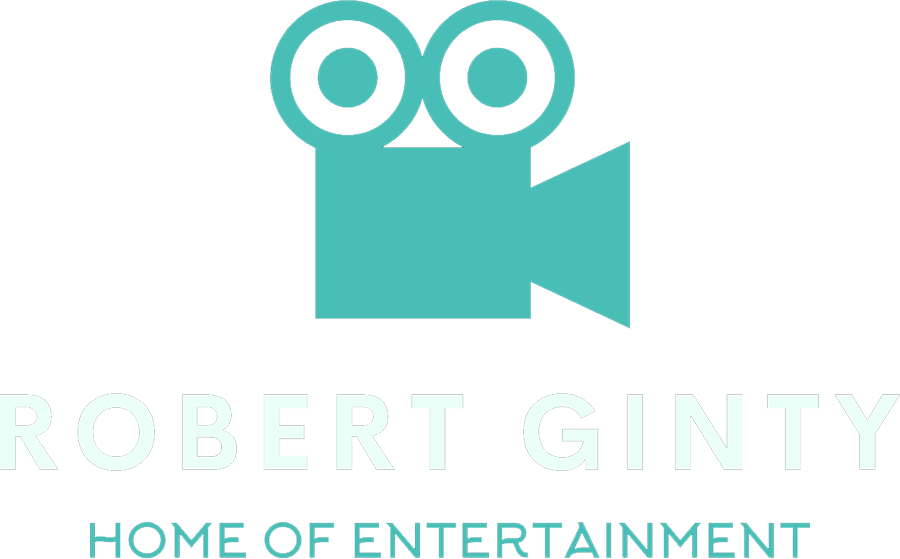Introduction
Documentary filmmaking is a powerful medium that allows creators to explore real-life stories while shedding light on
important issues. Whether you are an aspiring filmmaker or simply someone interested in the art of documentary, this
guide will help you navigate the ins and outs of this fascinating genre.
Choosing the Right Subject
When starting your journey as a documentary filmmaker, the first step is to choose a subject that resonates with you.
This could be anything from social issues to historical events, environmental concerns, or even personal stories. What
matters most is finding something that ignites your passion and inspires you to delve deeper into it.
Researching Your Subject
Once you have selected a subject, it’s crucial to conduct thorough research. Read books, articles, watch related
documentaries, and interview experts if possible. The more knowledge you gather, the better equipped you will be to
tell a compelling and well-informed story.
Identifying Your Narrative
Every documentary needs a narrative that captures the attention of the audience. Decide whether you want to follow a
chronological order, explore different perspectives, or focus on a specific character’s journey. Experiment with
storytelling techniques to find the approach that best suits your subject and enhances its impact.
Planning and Pre-production
Before embarking on your filmmaking journey, it’s essential to plan and prepare adequately. This stage involves several
crucial steps:
Creating an Outline
An outline acts as a blueprint for your documentary. It helps you organize your thoughts, structure the narrative, and
determine the key points you want to cover. Be open to revisions as the creative process unfolds.
Developing a Script or Treatment
Although documentaries are known for their spontaneous nature, having a script or treatment can provide a framework
for your film. It acts as a reference point and helps maintain focus throughout the production process.
Assembling Your Crew and Equipment
Depending on the scale of your project, you may need a small crew or prefer working alone. Ensure you have the necessary
equipment, such as cameras, microphones, and lighting gear. Consider the style you want to achieve and select
equipment accordingly.
The Art of Interviews
Interviews play a vital role in many documentaries, allowing you to incorporate diverse perspectives and personal
stories. Here are some tips to conduct effective interviews:
Pre-interview Research
Before conducting an interview, it’s essential to research your interviewees. This will help you ask relevant questions
and demonstrate your knowledge on the subject, fostering a stronger connection.
Building Rapport
Creating a relaxed and comfortable environment for interviewees is crucial. Establishing a connection and building
rapport will enable them to open up and share their authentic experiences, resulting in more impactful interviews.
Active Listening
Listening attentively to your interviewee allows you to ask follow-up questions and dig deeper into their responses.
Practice active listening to ensure you capture all the details and emotions necessary to tell a compelling story.
The Art of Cinematography
The visual aspect of a documentary greatly impacts its overall effectiveness. Here are some key considerations:
Establishing Shots and B-Roll
Establishing shots provide context and set the scene, while B-roll footage adds depth and visual interest. Focus on
capturing visually appealing shots that enhance the story and immerse the audience in the subject matter.
Composition and Framing
Composition and framing are essential elements of cinematography. Consider the rule of thirds, leading lines, and depth
of field to compose aesthetically pleasing shots that guide the viewer’s eye and evoke specific emotions.
Lighting and Color
Experiment with lighting techniques and color grading to evoke different moods and enhance the story. Natural light and
controlled lighting setups can contribute significantly to the visual appeal of your documentary.
Post-production and Editing
Post-production is where your documentary truly comes together. Here are some important steps to consider:
Organizing Your Footage
When you’ve wrapped up shooting, organize your footage into folders and create a clear file structure. This will make
the editing process more efficient and help you locate specific shots when needed.
Selecting the Best Takes
Review your footage and choose the best takes to include in your documentary. A critical eye is essential during this
phase, as selecting the most compelling shots and interviews is crucial to emphasizing your narrative.
Editing and Sound Design
Editing involves assembling your selected shots, adjusting the pacing, and adding transitions. Additionally, sound design
plays a significant role in documentaries by enhancing the atmosphere and dialogue. Pay attention to audio clarity and
consider adding music or sound effects to amplify emotional moments.
Distribution and Sharing Your Documentary
Once your documentary is complete, it’s time to share your creation with the world. Consider the following options:
Film Festivals
Film festivals provide a platform for filmmakers to showcase their work and gain recognition. Research and submit your
documentary to relevant festivals to reach a wider audience and potentially secure distribution deals.
Online Platforms
With the advent of streaming platforms, sharing your documentary online has become easier than ever. Platforms like
YouTube, Vimeo, and Netflix allow you to reach a global audience and connect with viewers who are interested in your
subject matter.
Social Media and Outreach
Utilize social media platforms to promote your documentary. Create engaging content, share behind-the-scenes footage,
and interact with your audience. Collaborate with influencers or organizations related to your subject to expand your
reach.

